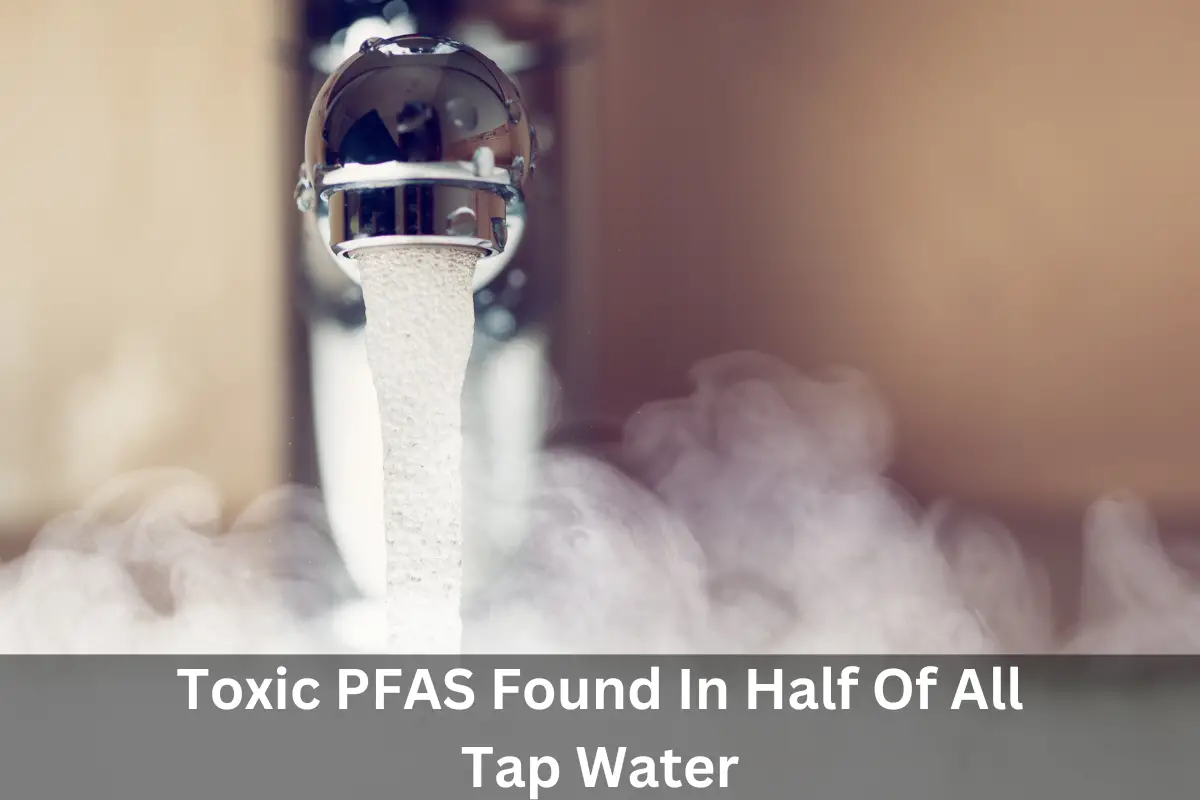New Study Reveals Alarming Presence of “Forever Chemicals” in US Tap Water
A groundbreaking study by the US Geological Survey (USGS) found that at least 45% of America’s tap water contains per- and poly-fluorinated alkyl substances (better known as PFAS). These synthetic chemicals, are “forever chemicals” that do not break down, and pose serious health risks.
In what marks the most comprehensive study to date, researchers have examined our water for 32 types of PFAS out of a staggering pool of over 12,000 chemicals.
The findings of this study shed light on the presence of PFAS compounds in our water sources like never before.
High concentrations of certain PFAS compounds have been linked to adverse health effects, including an increased risk of cancer and high cholesterol.
Their slow breakdown in the environment is also a cause for concern.
The USGS scientists collected tap water samples that reveaed PFAS concentrations in public water supplies and private wells are similar.
Areas with the highest PFAS exposure include urban regions like the Great Plains, Great Lakes, Eastern Seaboard, and Central/Southern California. It is crucial to note that PFAS contamination extends beyond these areas.
To protect yourself, the EPA regulates public water supplies, while homeowners must maintain and test private wells. Testing is the only way to confirm the presence of PFAS contaminants.
Water Purification Guide has detailed information on which water filter pitchers can remove PFAS from your water available here.
Visit the USGS website for more information on the study itself, or our dedicated PFAS page for more information on this toxic contaminant.

